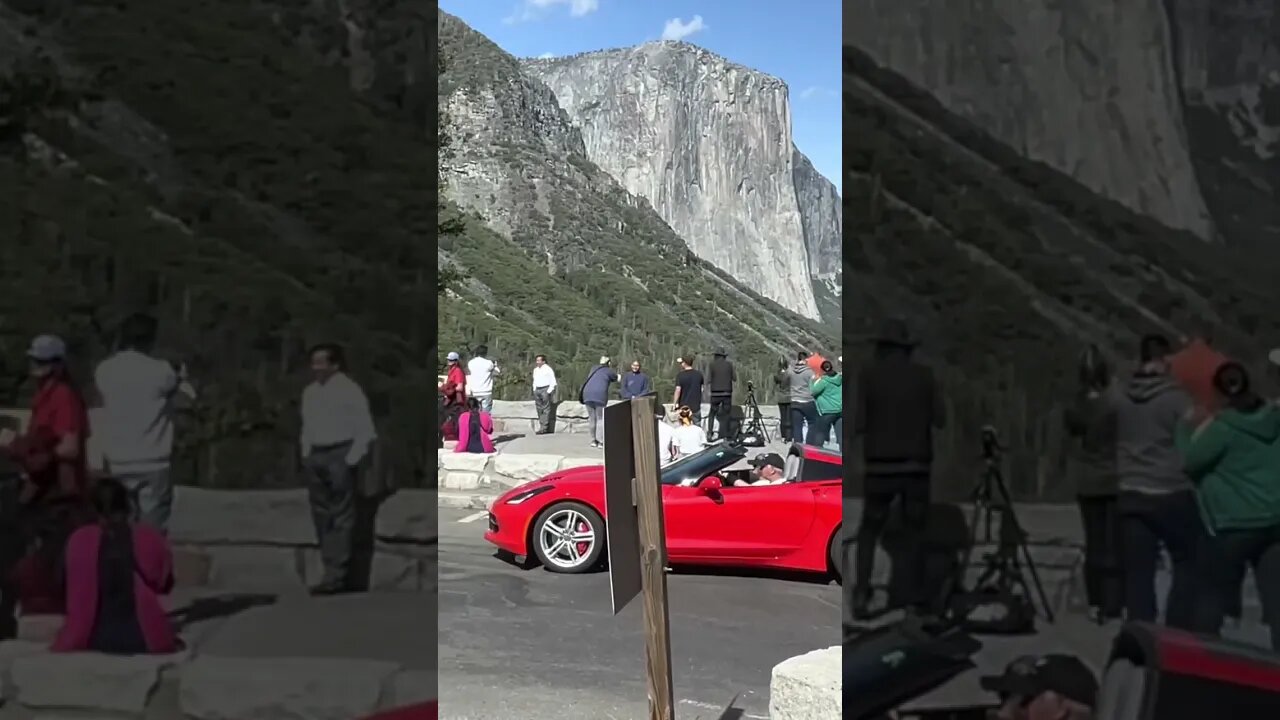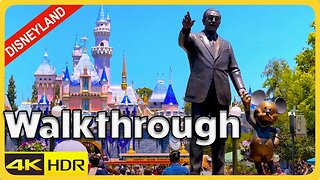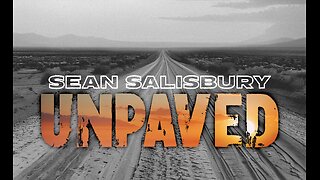Premium Only Content

Yosemite National Park Spring 2022 View from Tunnel View #travel #vacation #california #yosemite
Yosemite National Park Spring 2022 View from Tunnel View #travel #vacation #california #yosemitefalls
yosemite national park,national park,national parks usa,vernal falls,national parks,yosemite travel tips #gratefuldead
Yosemite National Park (/joʊˈsɛmɪti/ yoh-SEM-ih-tee)[5] is an American national park in the state of California,[6][7] surrounded on the southeast by Sierra National Forest and on the northwest by Stanislaus National Forest. The park is managed by the National Park Service and covers an area of 759,620 acres (1,187 sq mi; 3,074 km2)[3] in four counties – centered in Tuolumne and Mariposa, extending north and east to Mono and south to Madera County. Designated a World Heritage Site in 1984, Yosemite is internationally recognized for its cliffs, waterfalls, clear streams, giant sequoia groves, lakes, mountains, meadows, glaciers, and biological diversity.[8] Almost 95 percent of the park is designated wilderness.[9] Yosemite is one of the largest and least fragmented habitat blocks in the Sierra Nevada, and the park supports a diversity of plants and animals.
The geology of the Yosemite area is characterized by granite rocks and remnants of older rock. About 10 million years ago, the Sierra Nevada was uplifted and tilted to form its unique slopes, which increased the steepness of stream and river beds, resulting in the formation of deep, narrow canyons. About one million years ago glaciers formed at higher elevations which eventually melted and moved downslope, cutting and sculpting the U-shaped valley that attracts so many visitors to its scenic vistas.[8]
European American settlers first entered Yosemite Valley itself in 1851. There are earlier instances of other travelers entering the Valley but James D. Savage is credited with discovering the area that became Yosemite National Park.[10] Despite Savage and others claiming their discovery of Yosemite, the region and Valley itself have been inhabited for nearly 4,000 years, although humans may have visited the area as long as 8,000 to 10,000 years ago.
Yosemite was critical to the development of the national park idea. Galen Clark and others lobbied to protect Yosemite Valley from development, ultimately leading to President Abraham Lincoln's signing of the Yosemite Grant of 1864 which declared Yosemite as federally preserved land.[13] It was not until 1890 that John Muir led a successful movement which had Congress establish Yosemite Valley and its surrounding areas as a National Park. This helped pave the way for the National Park System.[13] Yosemite draws about four million visitors each year,[14] and most visitors spend the majority of their time in the seven square miles (18 km2) of Yosemite Valley.[8] The park set a visitation record in 2016, surpassing five million visitors for the first time in its history.[15] The park began requiring reservations to access the park during peak periods starting in 2020 as a response to the rise in visitors.
Yosemite Valley represents only one percent of the park area, but this is where most visitors arrive and stay. The Tunnel View is the first view of the Valley for many visitors and is extensively photographed. El Capitan, a prominent granite cliff that looms over Yosemite Valley, is one of the most popular rock climbing destinations in the world because of its diverse range of climbing routes in addition to its year-round accessibility. Granite domes such as Sentinel Dome and Half Dome rise 3,000 and 4,800 feet (910 and 1,460 m), respectively, above the valley floor. The park contains dozens of other granite domes.[82]
The high country of Yosemite contains beautiful areas such as Tuolumne Meadows, Dana Meadows, the Clark Range, the Cathedral Range, and the Kuna Crest. The Sierra crest and the Pacific Crest Trail run through Yosemite, with peaks of red metamorphic rock, such as Mount Dana and Mount Gibbs, and granite peaks, such as Mount Conness. Mount Lyell is the highest point in the park, standing at 13,120 feet (4,000 m). The Lyell Glacier is the largest glacier in Yosemite National Park and is one of the few remaining in the Sierra Nevada.[83]
The park has three groves of ancient giant sequoia (Sequoiadendron giganteum) trees; the Mariposa Grove (200 trees), the Tuolumne Grove (25 trees), and the Merced Grove (20 trees).[84] This species grows larger in volume than any other and is one of the tallest and longest-lived.[85]
Water and ice
The Merced River flowing through Yosemite Valley, a U-shaped valley
The Tuolumne and Merced River systems originate along the crest of the Sierra Nevada in the park and have carved river canyons 3,000 to 4,000 feet (910 to 1,220 m) deep. The Tuolumne River drains the entire northern portion of the park, an area of approximately 680 square miles (1,800 km2). The Merced River begins in the park's southern peaks, primarily the Cathedral and Clark Ranges, and drains an area of approximately 511 square miles (1,320 km2).[
-
 21:08
21:08
Adventures by Ned
1 year ago $0.02 earnedDisneyland Walkthrough 2023 with Train Ride in Summer 4K HDR #disney #disneyland #vacation
97 -
 LIVE
LIVE
Redacted News
49 minutes agoBREAKING! UKRAINE AGREES TO CEASEFIRE WITH RUSSIA... BUT THERE'S A BIG CATCH | Redacted News
12,215 watching -
 LIVE
LIVE
Candace Show Podcast
1 hour agoShould We Feel Bad For Blake Lively? | Candace Ep 157
4,935 watching -
 LIVE
LIVE
The Nerd Realm
2 hours agoHollow Knight Voidheart Edition #19 | Nerd Realm Playthrough
250 watching -
 1:17:27
1:17:27
Awaken With JP
4 hours agoThe Current Thing: Tesla Protesting - LIES Ep 82
22.8K15 -
 1:07:08
1:07:08
Sean Unpaved
1 hour agoNFL Free Agency Rolls On! MLB Spring Training Heats Up along with 3x World Series Champ Dave Stewart
876 -
 2:10:15
2:10:15
Right Side Broadcasting Network
6 hours agoLIVE REPLAY: White House Press Secretary Karoline Leavitt Holds Press Briefing - 3/11/25
78.6K29 -
 2:06:00
2:06:00
The Quartering
4 hours agoTrump Goes NUCLEAR On Canada, Blasts Massie, Harry Potter Race Swap, Man Humiliated On TV Show
44.2K29 -
 1:03:09
1:03:09
The White House
4 hours agoPress Secretary Karoline Leavitt Briefs Members of the Media, Mar. 11, 2025
43.6K24 -
 1:07:03
1:07:03
Winston Marshall
3 hours agoEXCLUSIVE : Oliver Anthony On Life After ‘Rich Men’, The Christian Counter Culture and The Elites
22.3K7